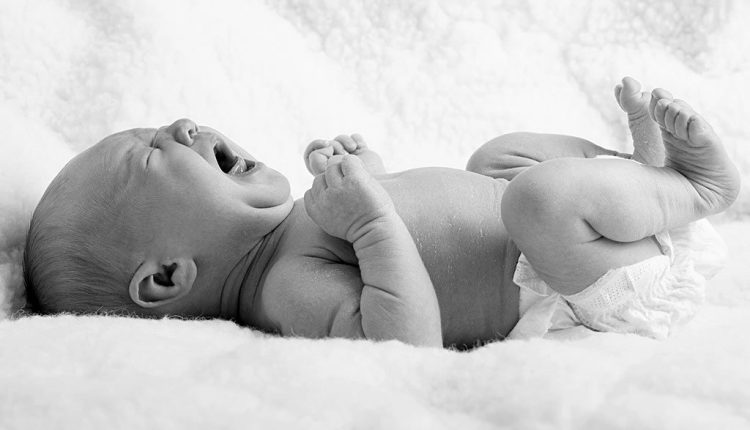
Your Baby’s First Cry: What You Need to Know?
When your little one first makes an appearance to the world, all the attention is focused on the entrance. All you want to do is meet and embrace your baby, but both you and your doctor are looking for signs of healthy working lungs too, waiting in anticipation for your baby’s first cry .
Read on to understand the importance of baby’s first cry.
Crying Is a Must
Immediately after the baby’s birth, babies are expected to cry within 30 seconds to one minute of their lives. This crying is necessary for the baby to survive, because while inside the mother’s uterus, the baby does not breathe from their lungs. It is the umbilical cord which provides them with fresh oxygen and takes away carbon dioxide from their blood stream. Once, outside their mothers’ womb, the baby needs to breathe on their own.
Lungs do the job of breathing and though soon after birth their nose and lungs are suctioned to clear of amniotic fluid and all secretions, babies also try to clear the clutter from their lungs and nose by crying.
Lightness
As your baby has spent nine months in the womb in a wet environment, it feels lesser weight than its actual weight. But right after birth, your baby would feel the apparent loss of ‘weightlessness’ and feels heavy by several times thereby prompting off your baby’s cries.
The Scary Reflux
This type of crying is due to the fact that the child is feeling scared. The face of the baby looks startled with intense crying.
Sudden Change in Temperature
Your baby feels cold due to the sudden fall in temperature. While in the womb, the temperature of the fetus is usually 37°C while that in the delivery room could be an average of 22°C.
Also, there is a changeover from a liquid atmosphere to a different environment. Your baby is naked and wet at birth, so the sudden drop in temperature can panic your baby. As a reaction, it takes a deep breath and cries with its strength. Your baby would face a very strong resistance against ventilation, but with subsequent exhalation over the next few hours, the resistance goes down.
Your baby’s first cry is the toughest, but makes its respiration more and more effective afterward. It takes about forty minutes to reach normal lung function after birth.
Types of Baby’s First Cry and What They Say:
- If your baby’s first cry is very high-pitched, it could be a sign of a high intra-osseous pressure in the cranium.
- If the cry is rough, it could be a sign of cramped muscles.
- If the cry is like that of a cat, it could be a sign of a genetic disease.
- If the cry is very weak or next to negligible and does not get stronger despite initial measures taken by obstetricians, it could be a sign of severe neurological disorders or other abnormality.

